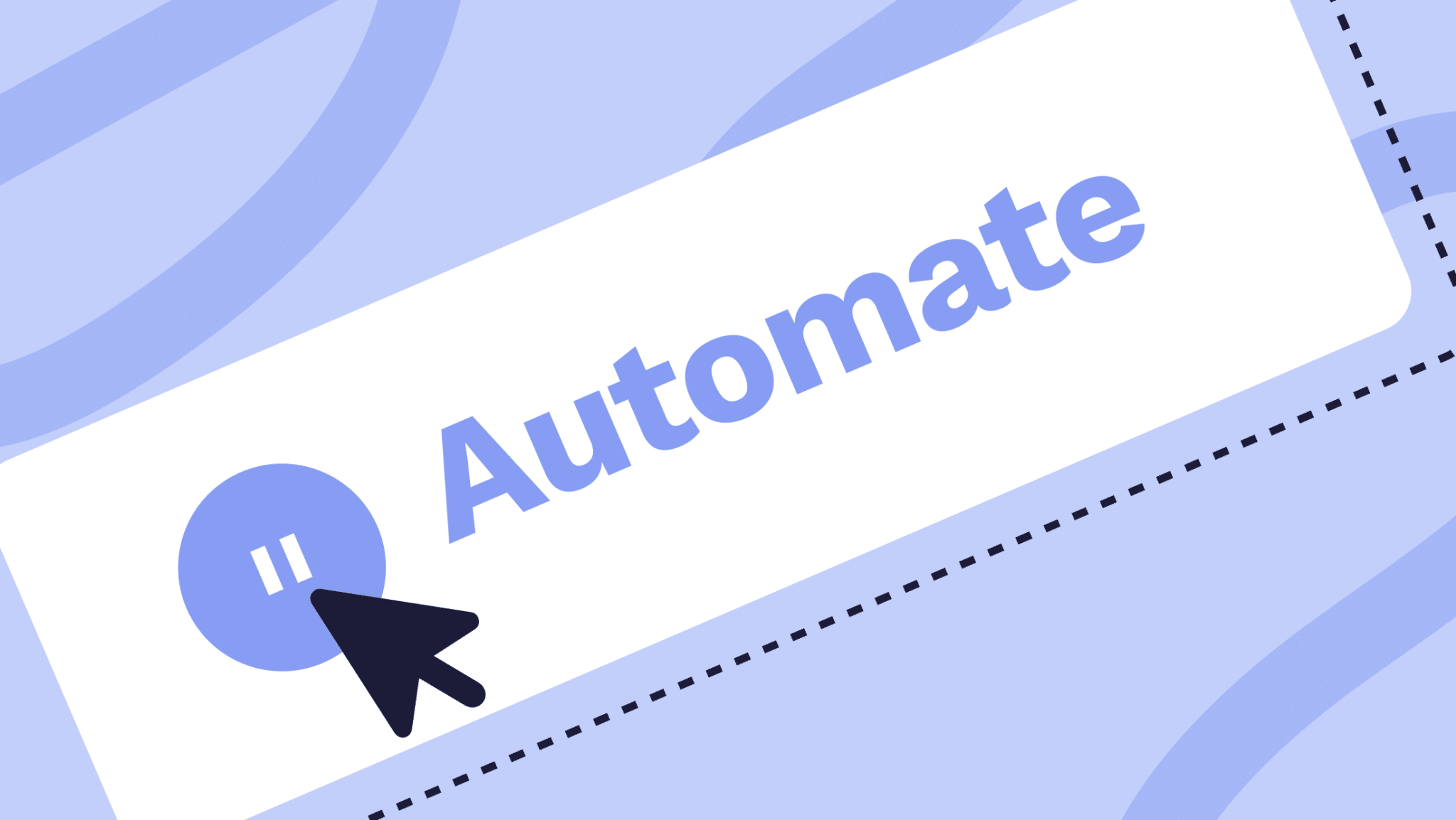According to recent research, most small business owners work 50 hours per week on average. Despite all that time, 72% say they feel overwhelmed. This is a negative feeling, and it’s hardly a surprise that people are 31% less productive when they are feeling negative or neutral than when they are experience positive emotions.
Startlingly, 82% of small business owners do not use a dedicated time tracking system. When multitasking without time tracking, productivity drops to just 45%.
This article looks at a few proven time management techniques to improve productivity in the workplace.
Use a Time Clock

Spending roughly 20 minutes a day planning daily or weekly tasks improves productivity by providing employees with a clear vision of what they need to accomplish within a certain time frame.
You can apply this same principle at a collective level. It’s the manager or team leader’s responsibility to make sure everyone has a list of priorities to refer back to, keeping individuals on track at all times.
Apply an Effective Goal-Setting Technique
Goal setting makes sure the team has realistic expectations. It allows managers to allocate resources more efficiently, letting them start with the most manageable goal and work their way up. This reduces stress in the workplace and helps employees gradually achieve more challenging goals.
The Pomodoro technique is among the most effective. With this simple system, an employee is compelled to single-task. They set a timer for 25 minutes, during which time they work on one single thing without interruption. They need to do this every day.
The Pomodoro technique saves time by creating a sense of urgency. The person knows they have just 25 minutes to get as much as possible done, not all day. It also forces people to take breaks, which is essential to keep them feeling fresh. Spending hours languishing in front of the computer tires people like nothing else.
Automate Tasks

Another great example would be invoicing, using a free invoice template can save considerable time and effort. This approach eliminates the need to create each invoice from scratch, allowing your team to focus more on essential tasks rather than administrative details.
Batch Tasks
Batching is when you group similar tasks and complete them together. It involves focusing on the tasks for a longer period of time but less often. Examples of batching include cooking for the next few days on a Saturday and replying to all the emails you got in one particular week in one sitting. This time management technique enables people to work on many tasks efficiently. They don’t lose flow because the tasks require a similar mindset.
Batching improves focus and reduces the time people need to “get into the flow” of a specific activity.
Encourage your team to batch tasks that call for similar mindsets together, such as processing calls, Slack messages, and emails in one sitting or updating related worksheets simultaneously. Making outlines of all the reports you need to give in one week is another example of tasks you can batch together.
FAQ
Why are some employees more productive than others?
People who are more conscientious are generally more goal-oriented, organized, and attentive than those who are less conscientious. This frequently translates to higher productivity.
What is the most effective time management technique?
Planning the day in advance is the best, the first, and the most provenly effective of all time management strategies. As a manager cannot feasibly plan each employee’s day in advance every time, the next most effective techniques are the ones in this article.
What is the biggest time waster for small business teams?
In 2024, meetings were the most significant time waster for small businesses. Sadly, not all meetings are productive. Multitasking is also a major time-waster.









